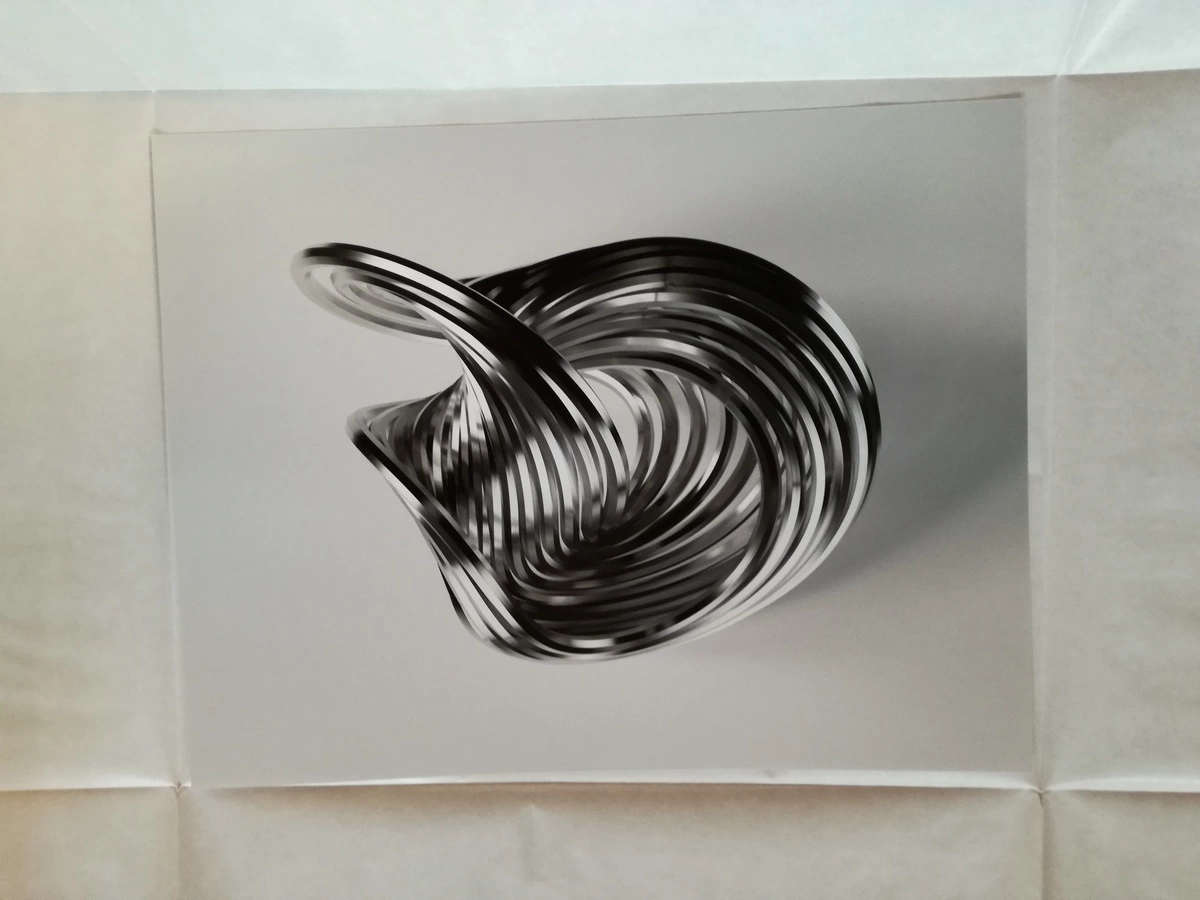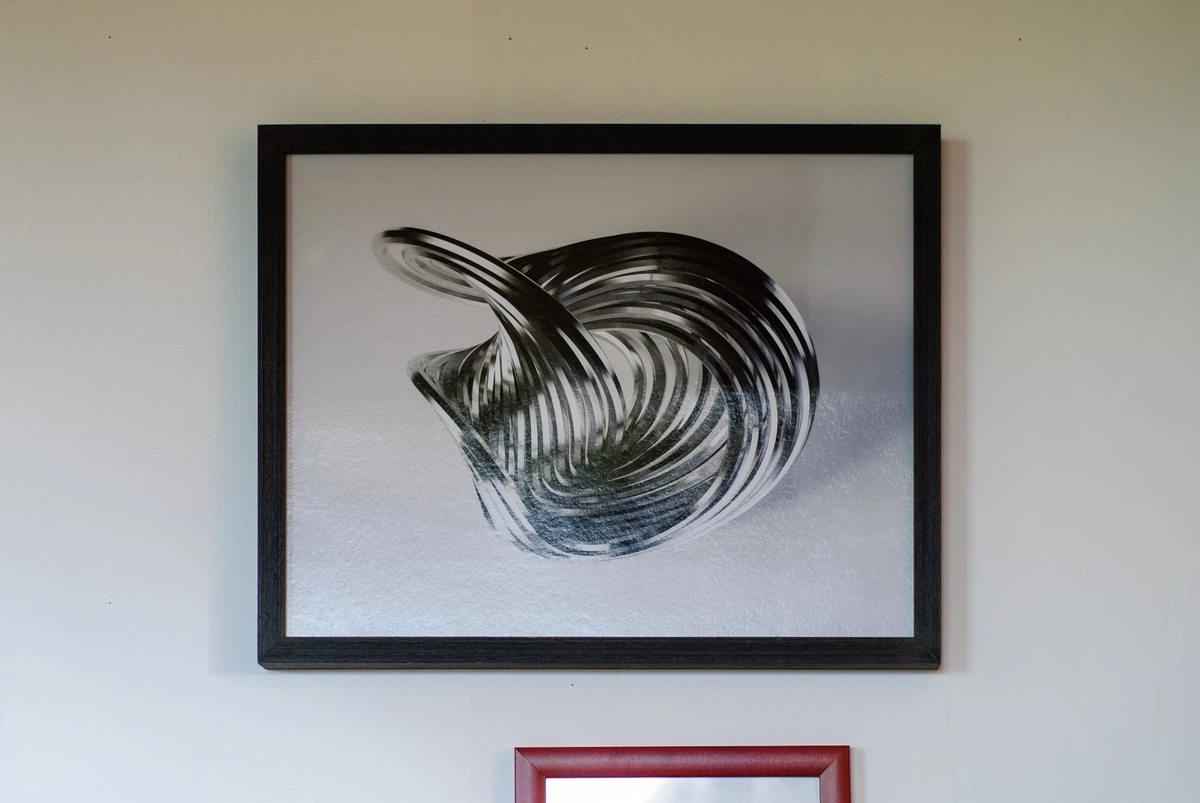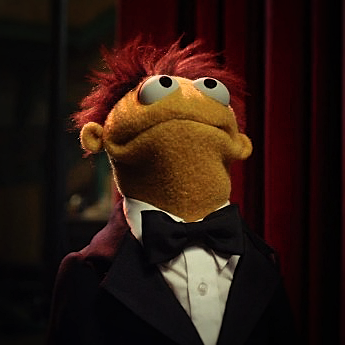Printing Digital Art
| 2 mins | Bobtags: journal, mathematics
Printing on high quality paper, especially in the digital age, is a very satisfying thing to do – you can lift it up, feel the weight and texture, and most importantly, you don’t stare directly into the LEDs of a screen. This does not apply to photographs only, but also, who would have thought so, to digital art. I’ve seen a lot of great artists on the internet who create stunning drawings or illustrations only to post them on Instagram or DeviantArt. More often than not, they are designing the images solely for that platform, and they think because most people don’t have large 4K displays, tiny resolutions suffice and everyone is okay with 800×800 pixels, as they won’t zoom in or even spend more than a few seconds looking at it. Fair enough, you don’t have to pay that much attention to clean lines and mistakes, but guys, you’re killing your options!
I’m not drawing digital paintings myself, but my attractor renders could be considered digital art. Maybe not oh so creative or original, but it’s art. Clean, minimalistic, modern, a bit heavy on maths, so yes, kind of. So, why not bump up the resolution and print it? It’s fairly simple to do, as the actual scene and model didn’t change much. Okay, call it cheating because other artists can’t easily scale up their paintings and it might be a lot more work to draw otherwise unseen details. For me, only rendering time jumped into unmanageable extends, but a kind friend helped me out and donated a full day of his precious computing power to produce a 15 MP image of the Nosé-Hoover Attractor, so that I could print it half a metre wide on Hahnemühle fine-art paper.
And today it arrived:

Framed and hung up on the wall, I just can’t take my eyes off it:

I think it turned out wonderfully. Oh, and one last thing before you email me: No, it will not be available for sale.

Bumbleboss, 2021-07-16 20:17
Aw bummers, I wanted one for my bed sheets